Brian Byrd, Andrew N. Garrard, and Paul Brandy recently published their article “Modeling Foraging Ranges and Spatial Organization of Late Pleistocene Hunter-gatherers in the Southern Levant—A Least-cost GIS Approach” in Quaternary International.
FW Geoarchaeologists Help Map San Francisco Bay Area Prehistory

Cores upon cores fill the shelves of the Far Western Geoarchaeology Lab in Davis. These long tubes of “dirt” tell us a lot about prehistoric landscape evolution, and thus can help determine whether or not a location might have potential for archaeological findings. In most situations, backhoe trenching is the most effective way to identify sites. When backhoe trenching is not possible, in urban areas for example, or when the potential depth for a site exceeds the range of mechanical excavation, we conduct hydraulic continuous-core sampling to identify sites.

When archaeologists dig through the layers of earth carefully, the different soils and buried surfaces can be visually seen. Cores do the same thing, like inserting a straw into a layer cake, sometimes reaching 65 feet below surface. Each four-foot section of the core is pulled up in two-inch-diameter plastic liners, brought to the lab, sliced down the center, and splayed open to reveal the stratigraphic layers.

Dating the layers can be done in a couple of ways. Most often, radiocarbon dating is used to get close estimates of how old plant, bone, or shell is in a certain layer, or when now buried surfaces were exposed at the surface. Other times, however, there is not enough organic matter to be sampled. In those cases, Optically Stimulated Luminescence (OSL) dating can be used. OSL samples must be removed from their original location in complete darkness, and kept in the dark until tested to provide accurate dates. The dates for each layer let geoarchaeologists map similar types of strata throughout a particular location. This helps archaeologists figure out where sites might be buried.


Once buried land surfaces are identified in the cores, they can be sampled to not only determine their age and whether they contain archaeological materials, but also tested to see what types of small seeds, pollen, or other diagnostic material. This can be used to reconstruct the type of landscape that was present when that layer was at or near the surface.
Currently, Far Western Geoarchaeologists are using cores to map the potential for intact buried land surfaces below the historic-era extent of the San Francisco Bay. As ocean levels have risen, they have covered up landforms where people once lived. Recent findings indicate that we may be able to quite accurately map where some people lived for long periods of time, and perhaps returned over and over again generations later.
For interested archaeologists and non-archaeologists alike, we suggest reading: Waters, Michael R.,1992, Principles of Geoarchaeology: A North American Perspective. The University of Arizona Press.
Creating Vya: The Dream of Dry Farming
Creating Vya: The Dream of Dry Farming in Long Valley, Nevada describes the rise and fall of the community of Vya with additional information on Northern Paiute lifeways, early explorers, cattle ranching, and the failed Long Valley Water Project. The book includes numerous photographs by John L. Henry.
Flip through the interactive booklet below, or view this booklet and others on our Public Outreach Projects page!
By Erich Obermayr Historic Insight with Sharon A. Waechter Far Western Anthropological Research Group, Inc.



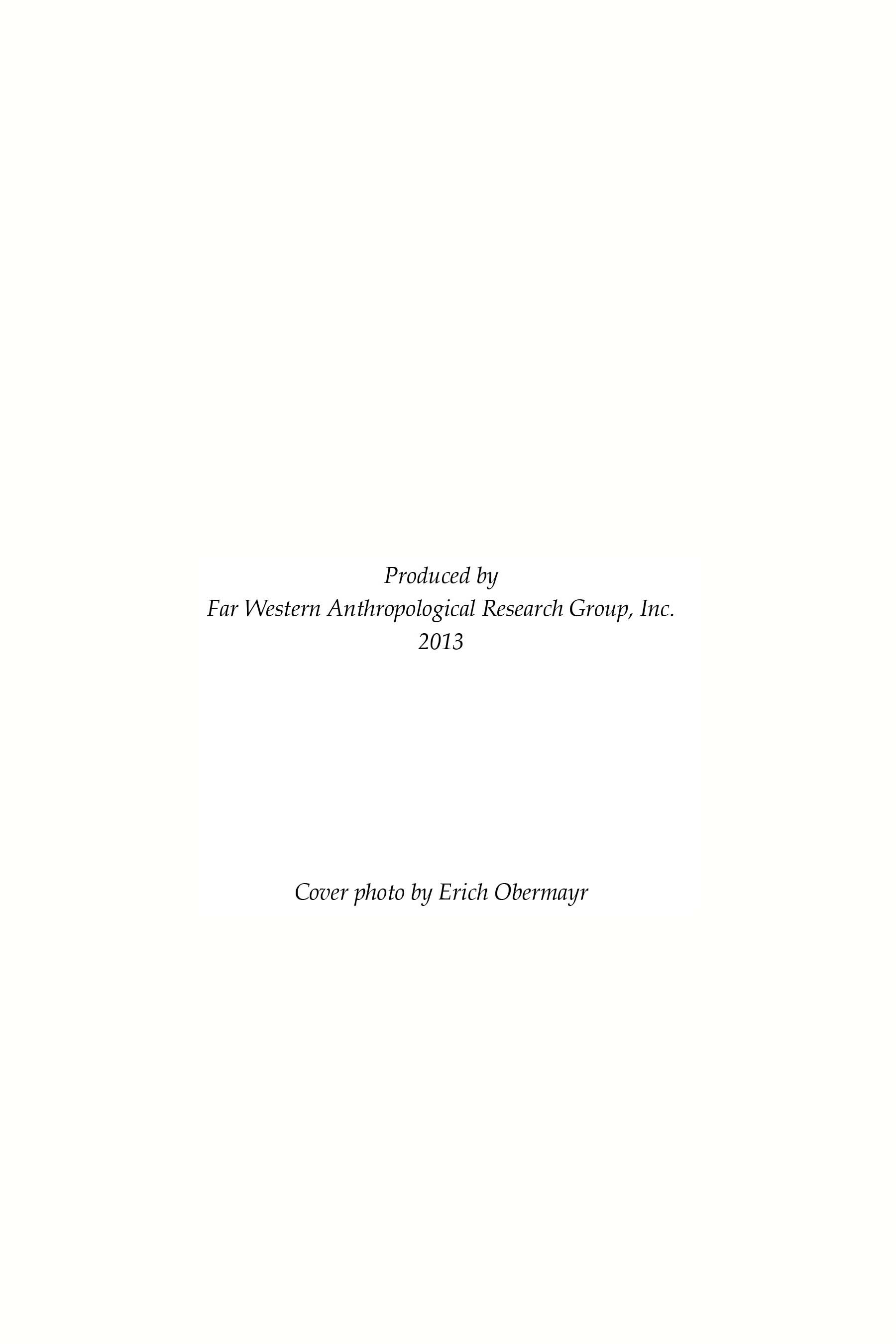



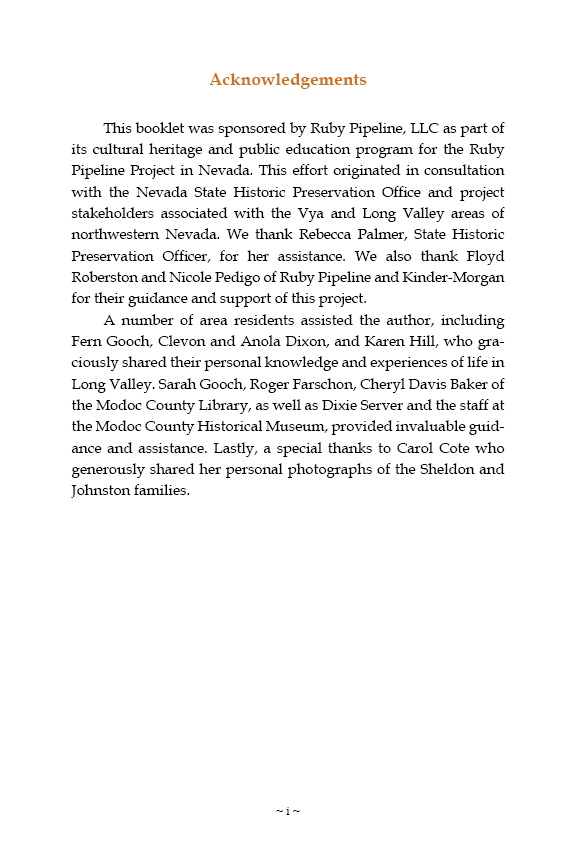

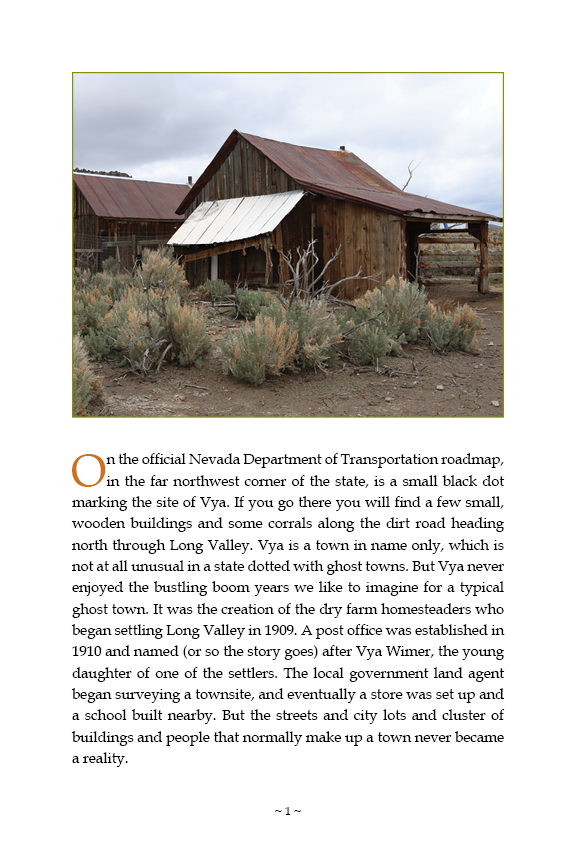

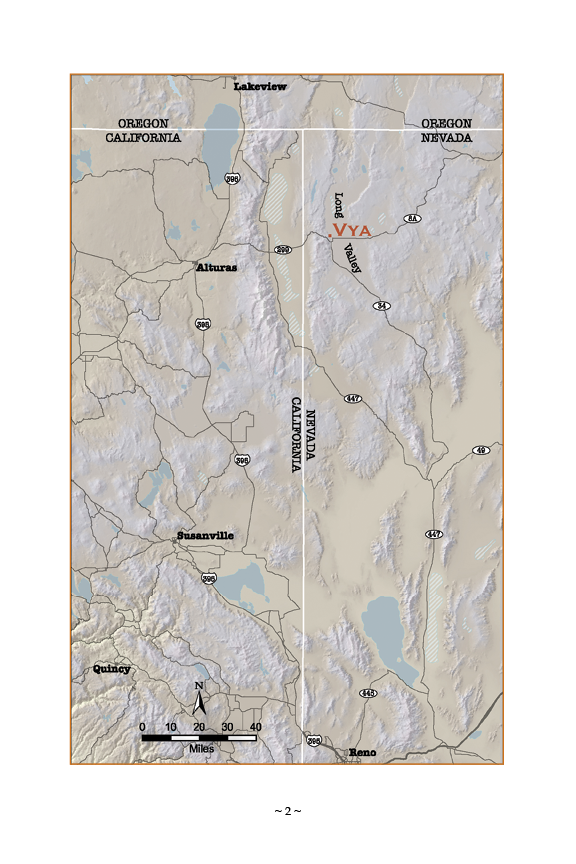

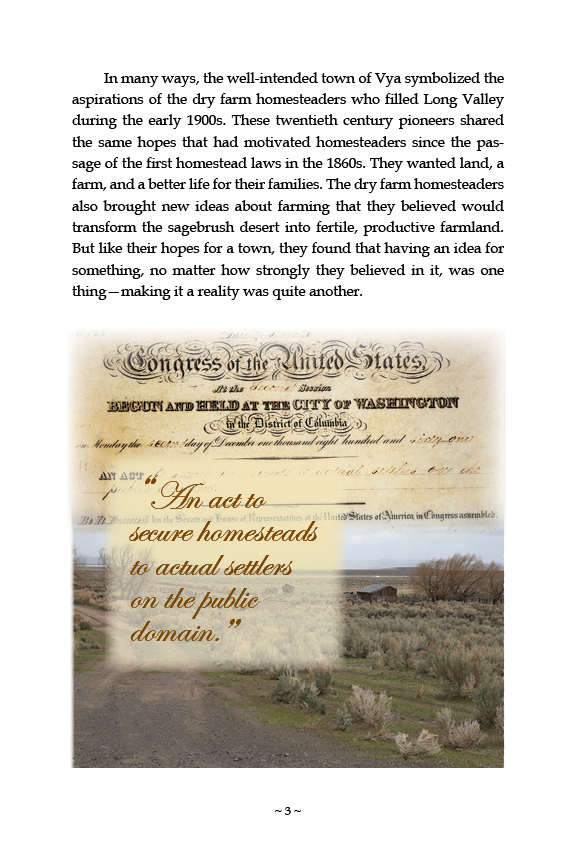

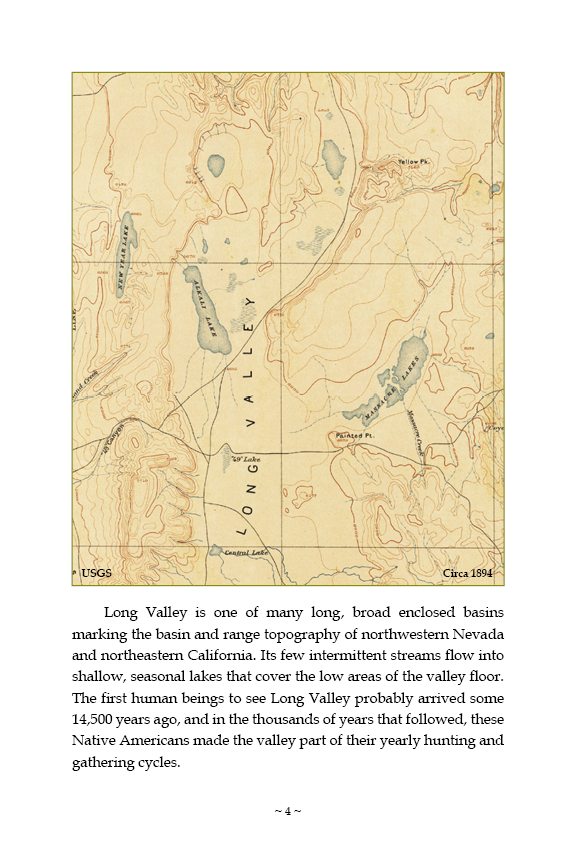

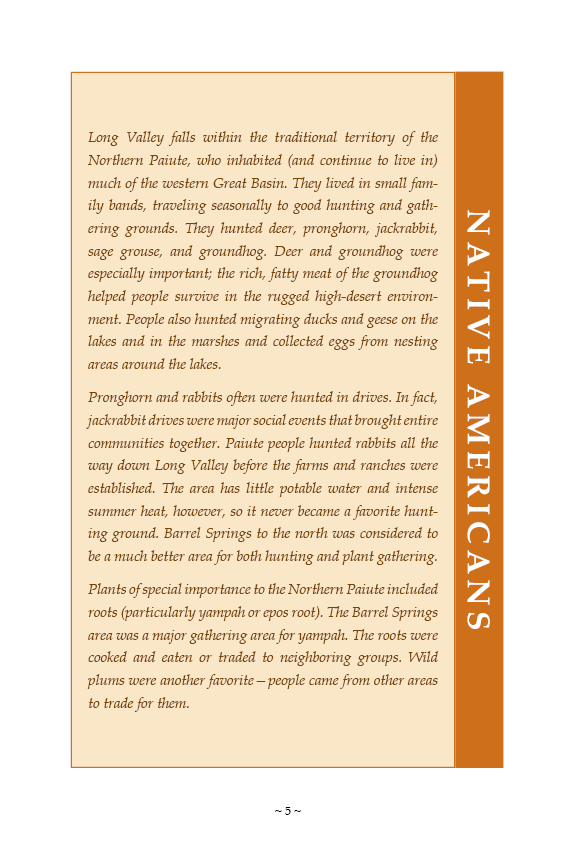

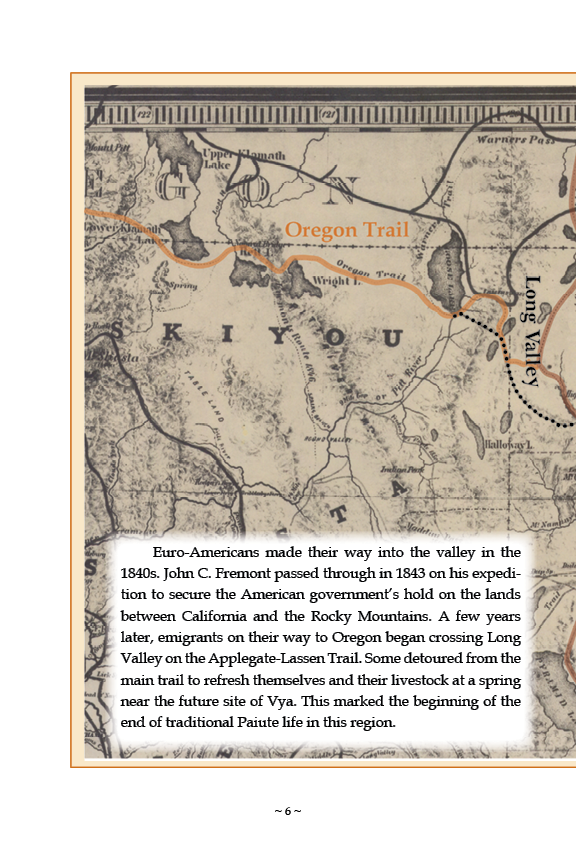

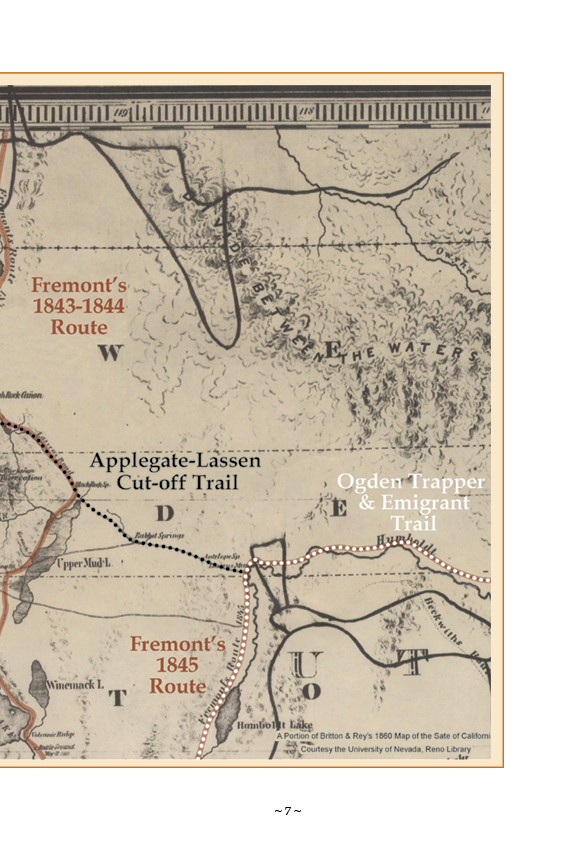

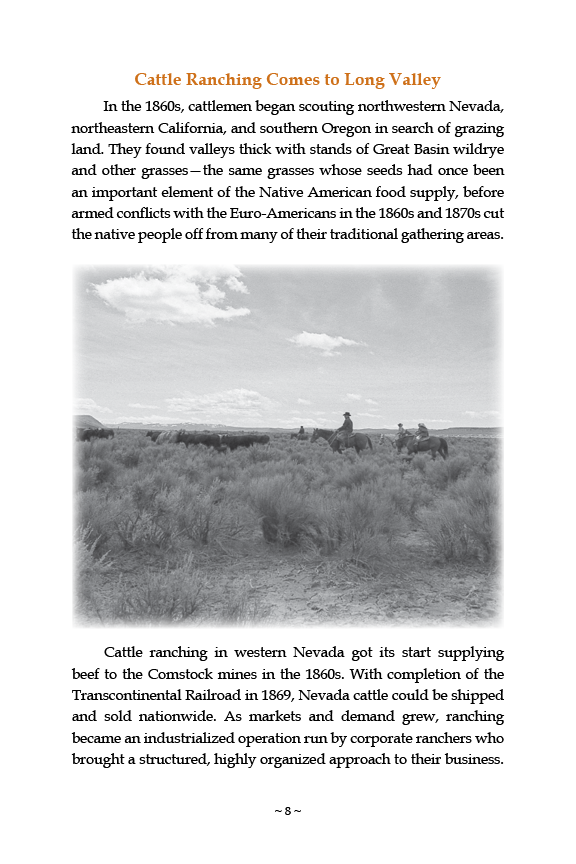

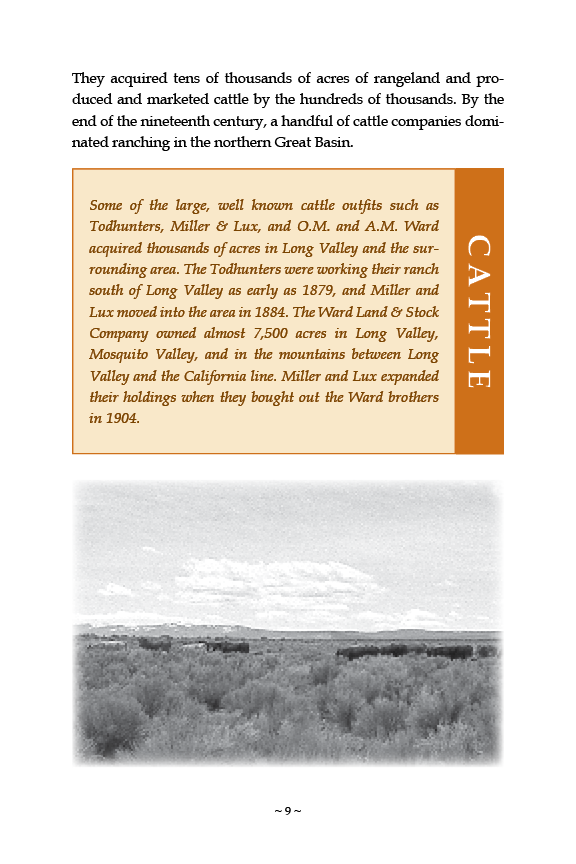

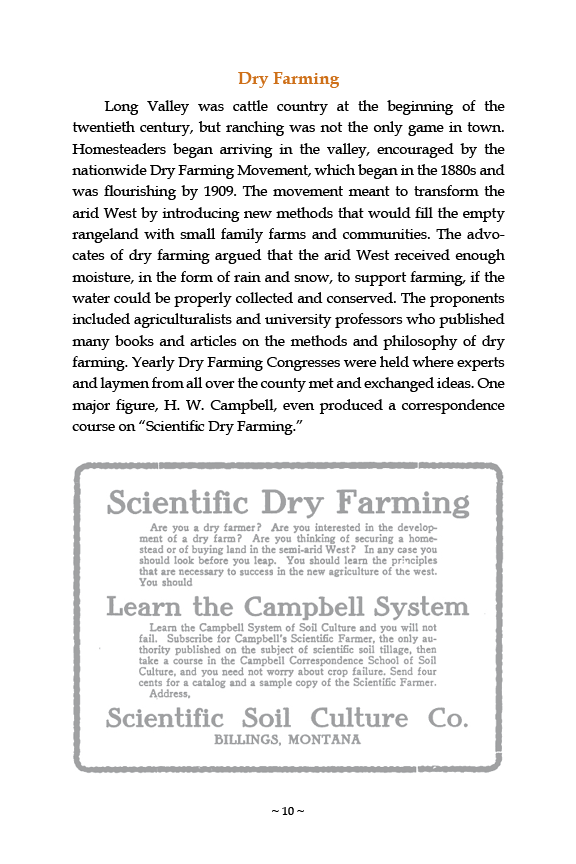

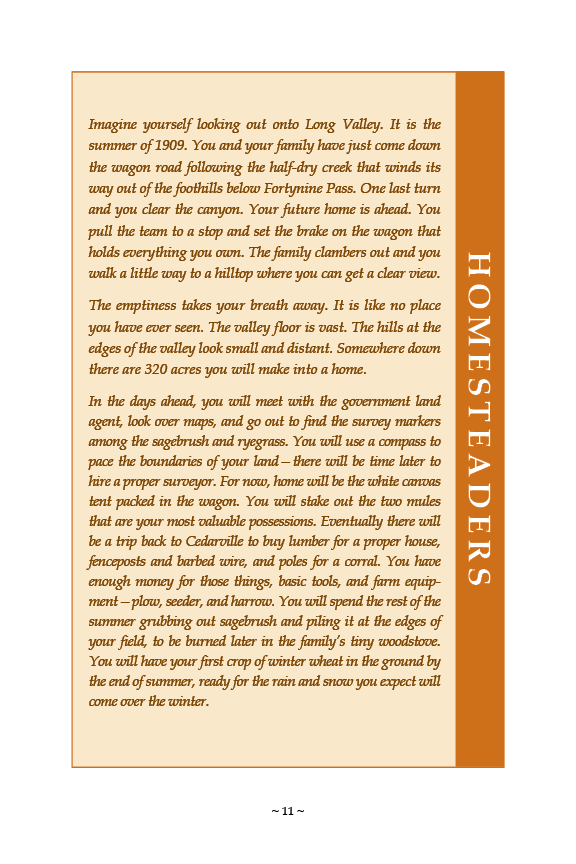

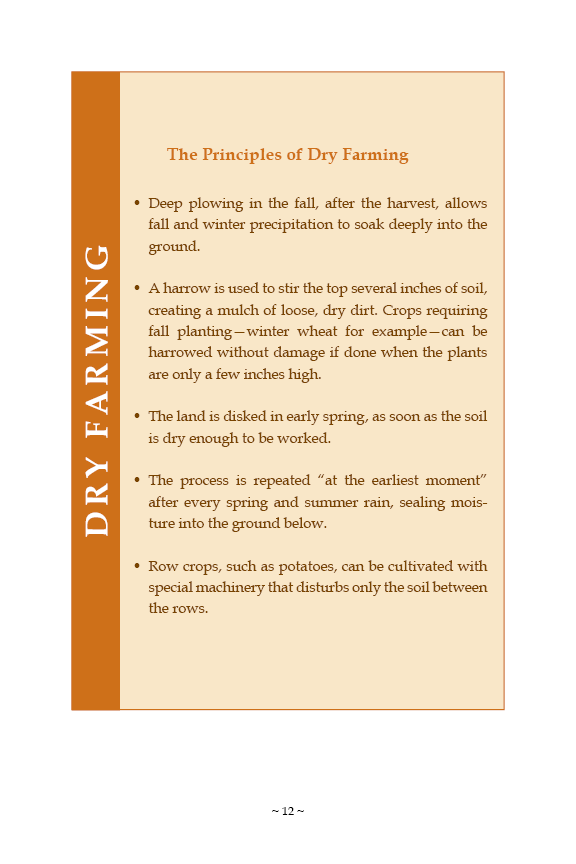

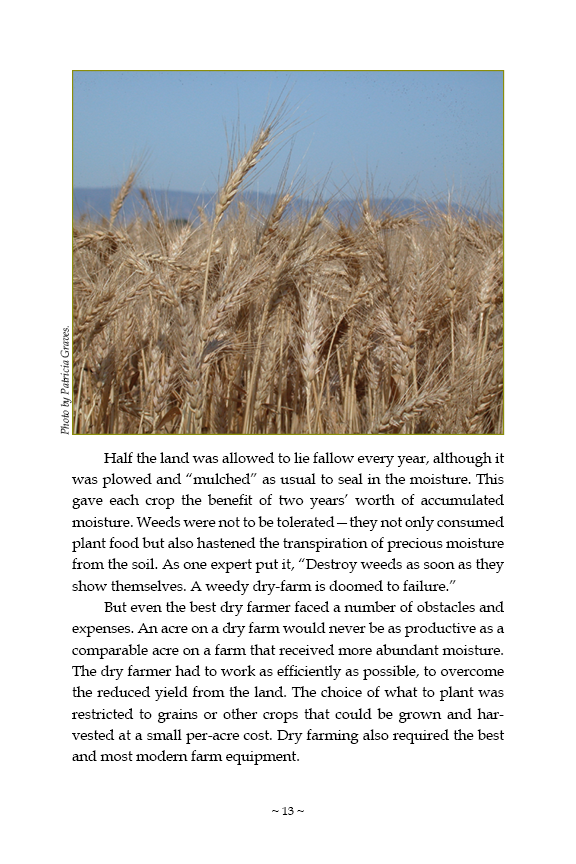

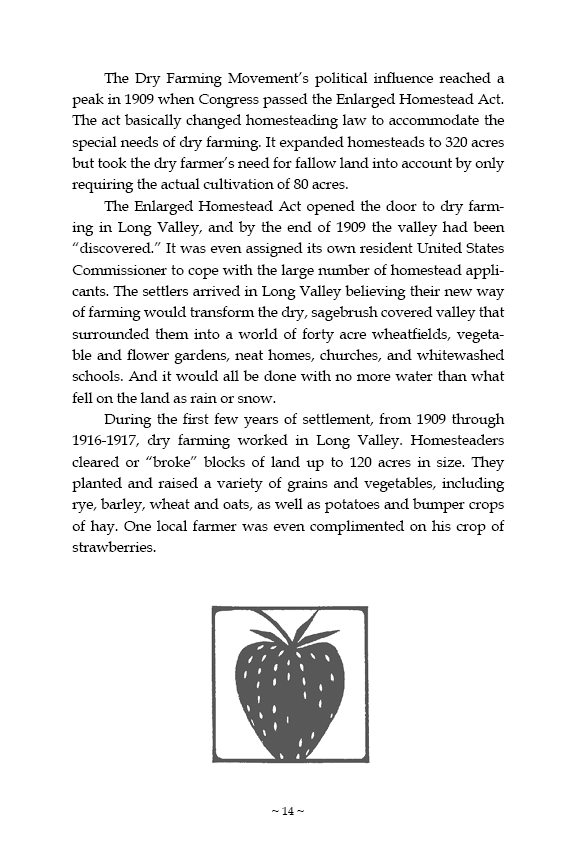

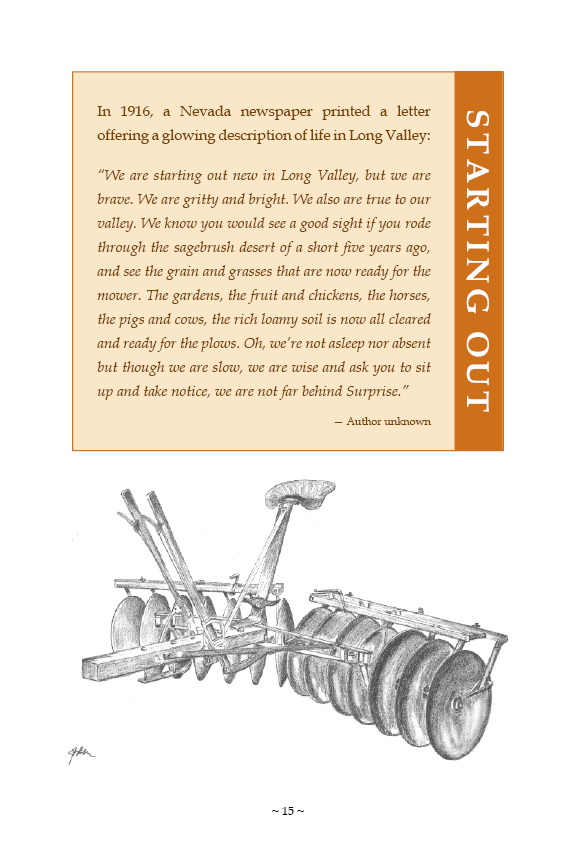

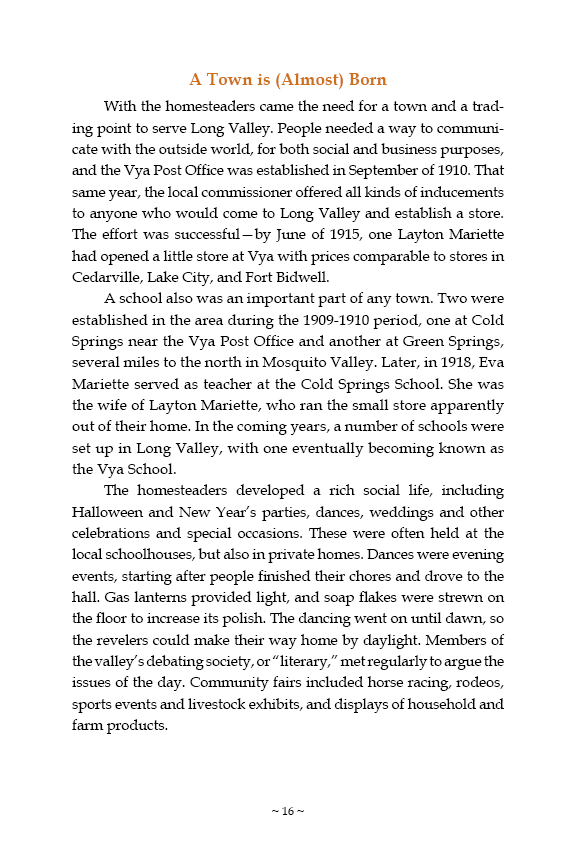

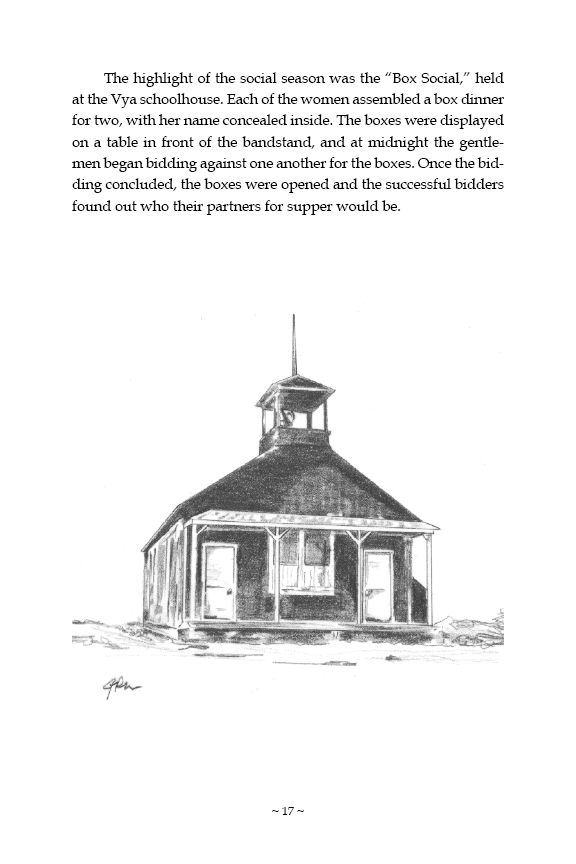

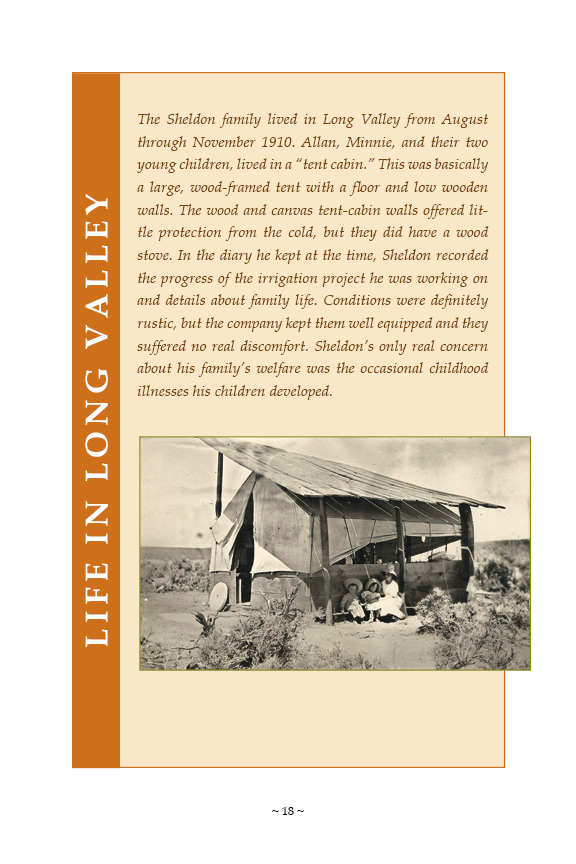

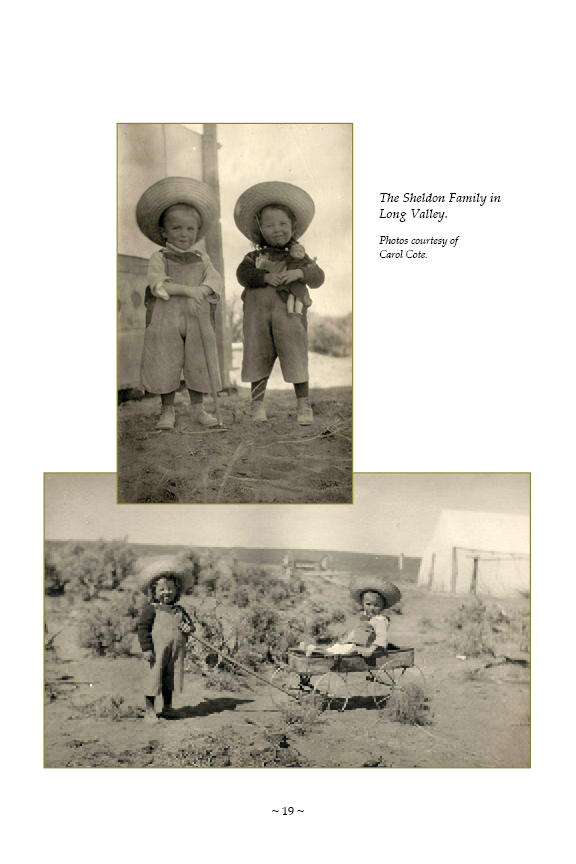

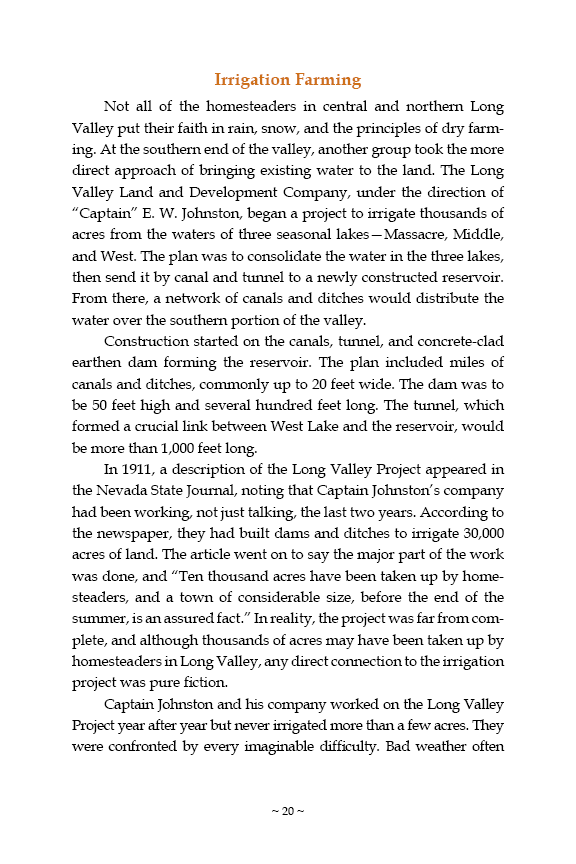

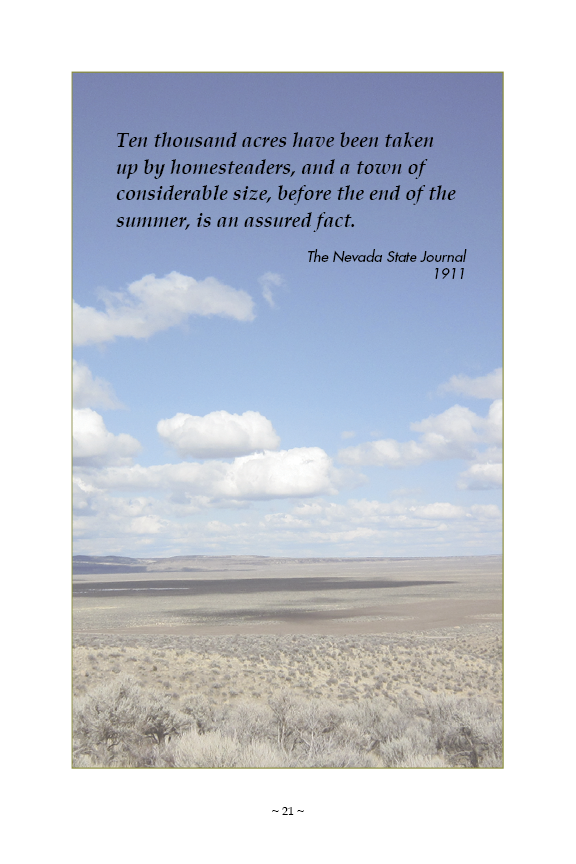

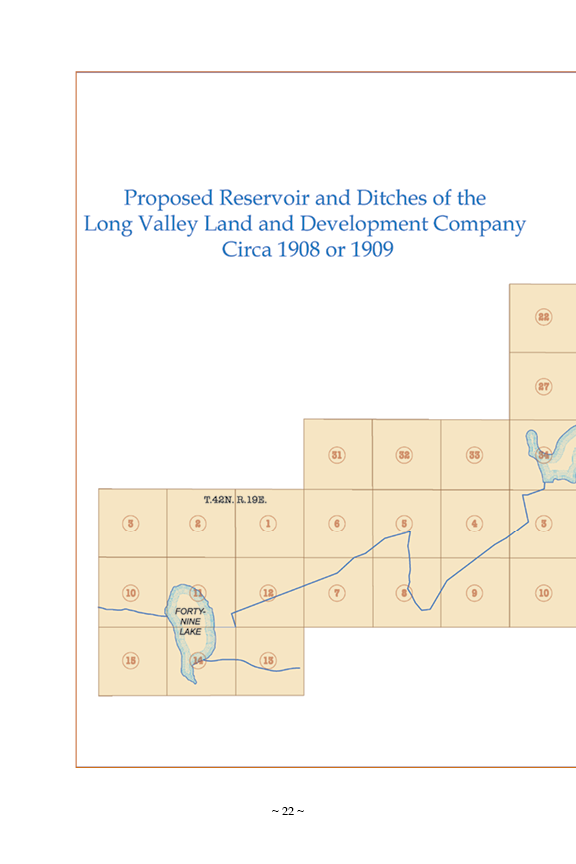

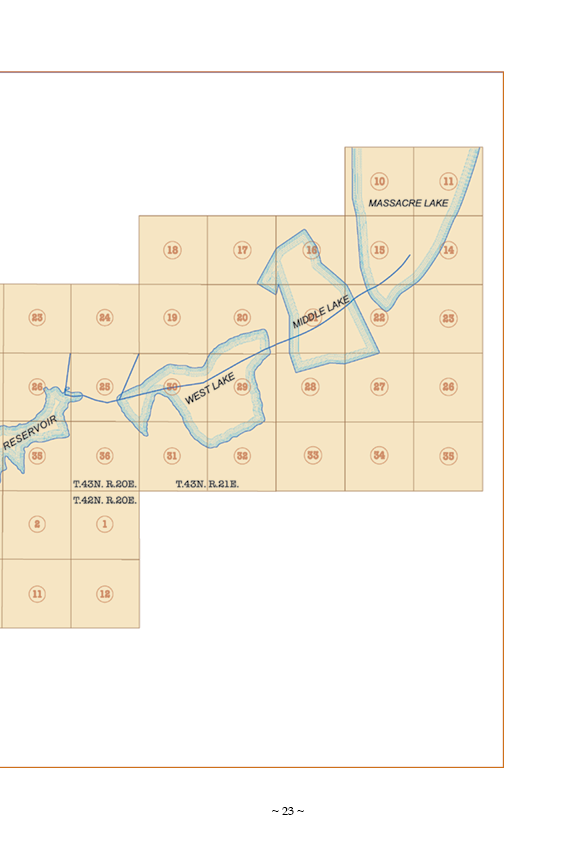

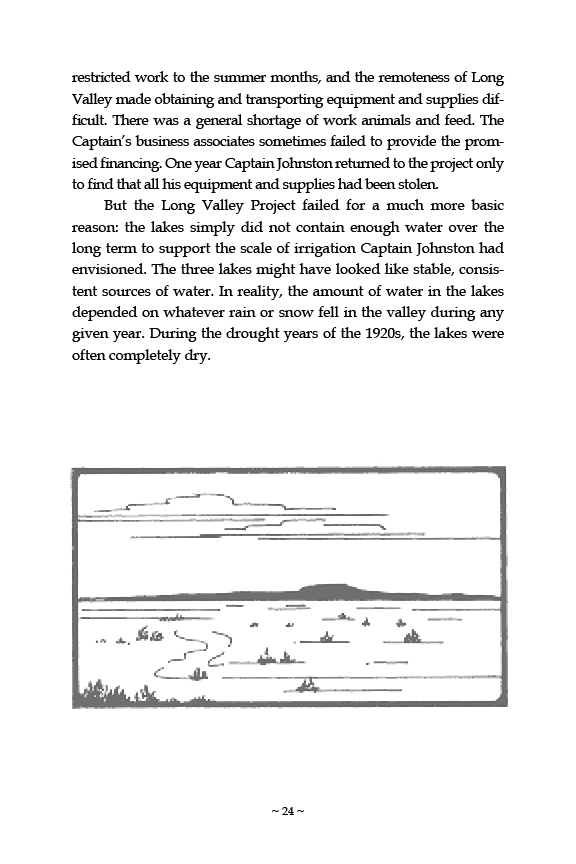

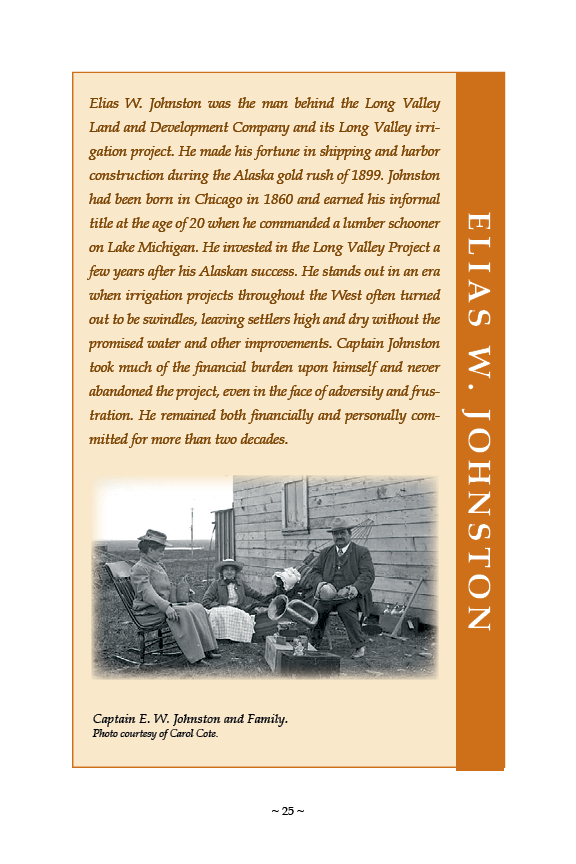



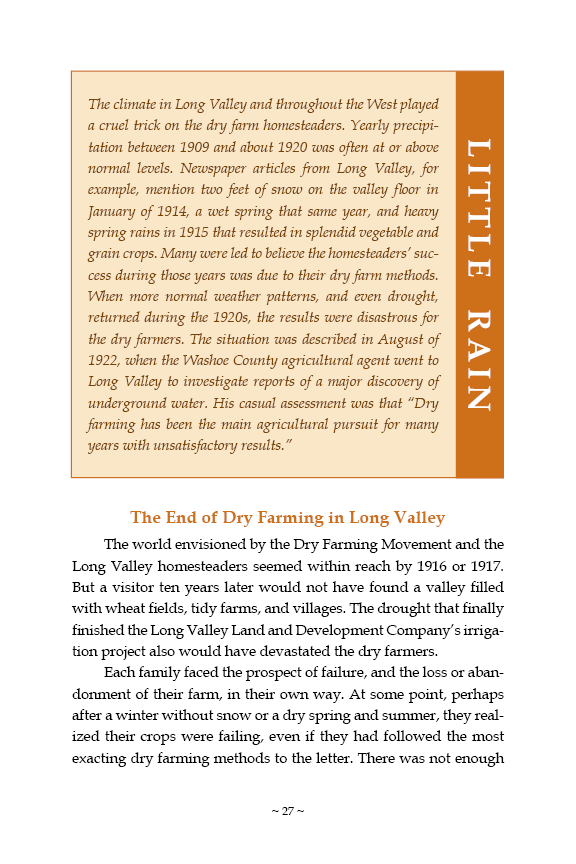

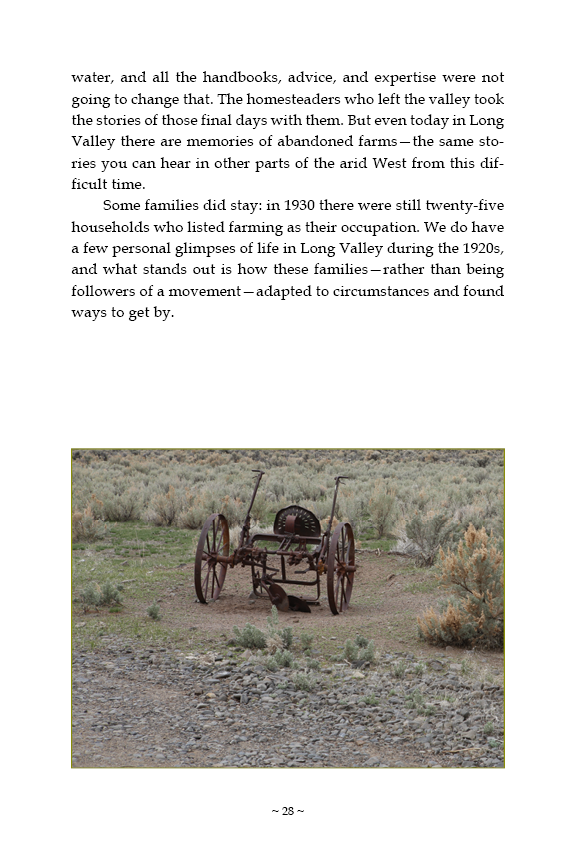

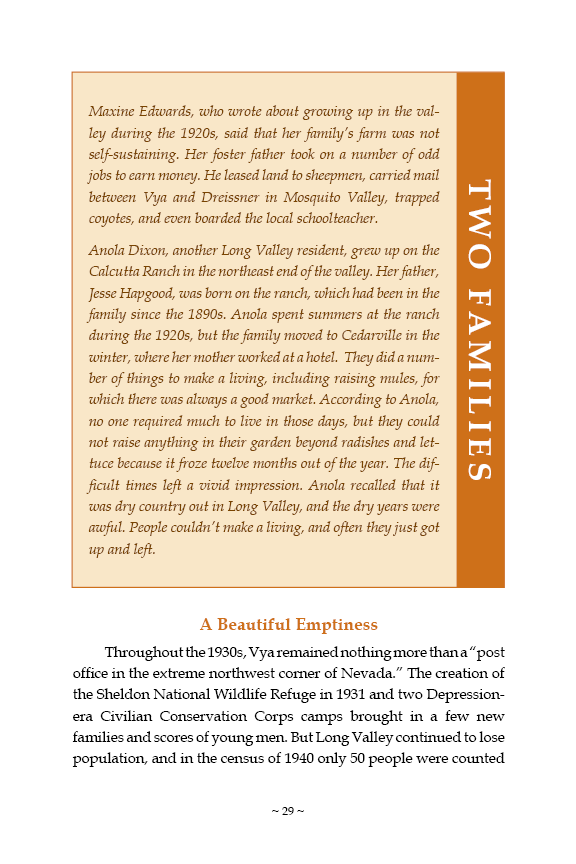

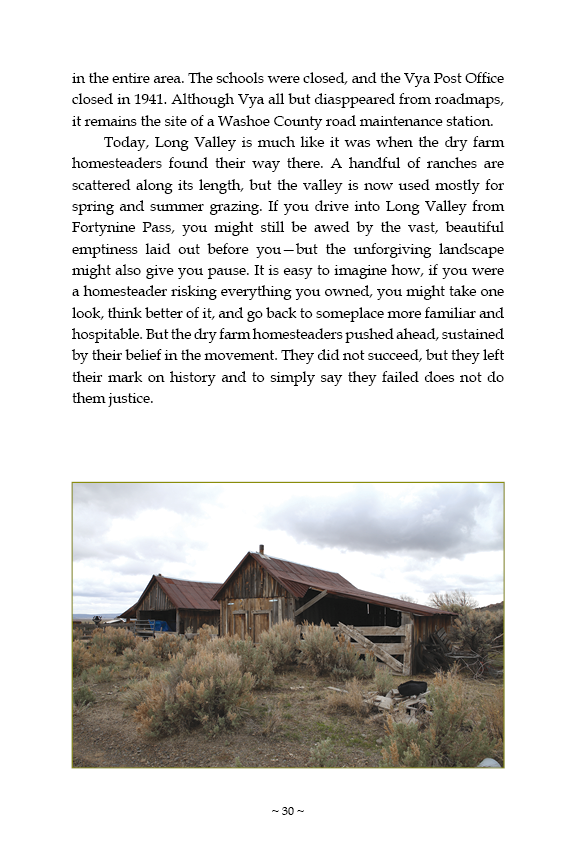



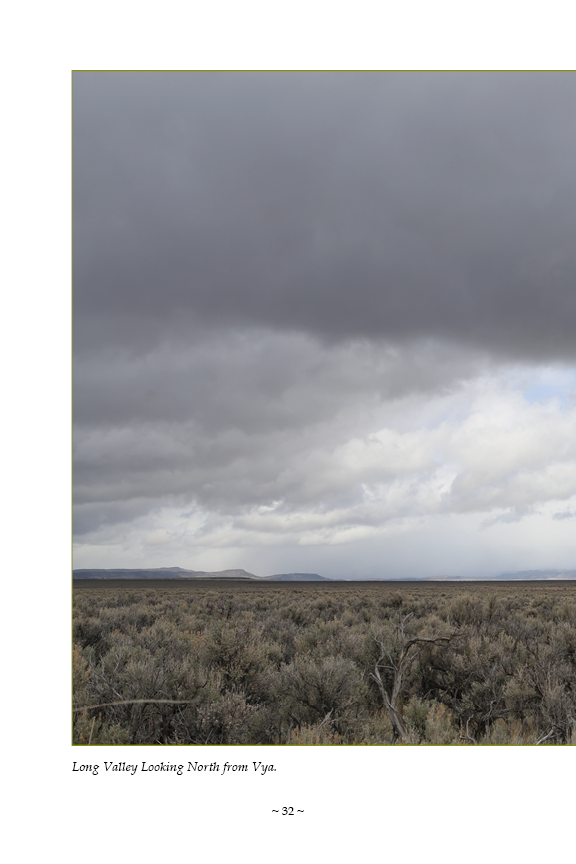

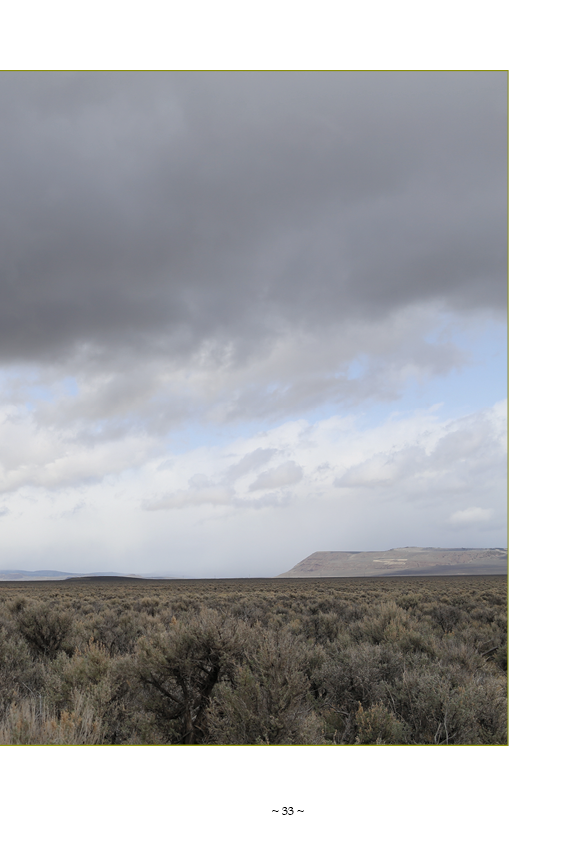

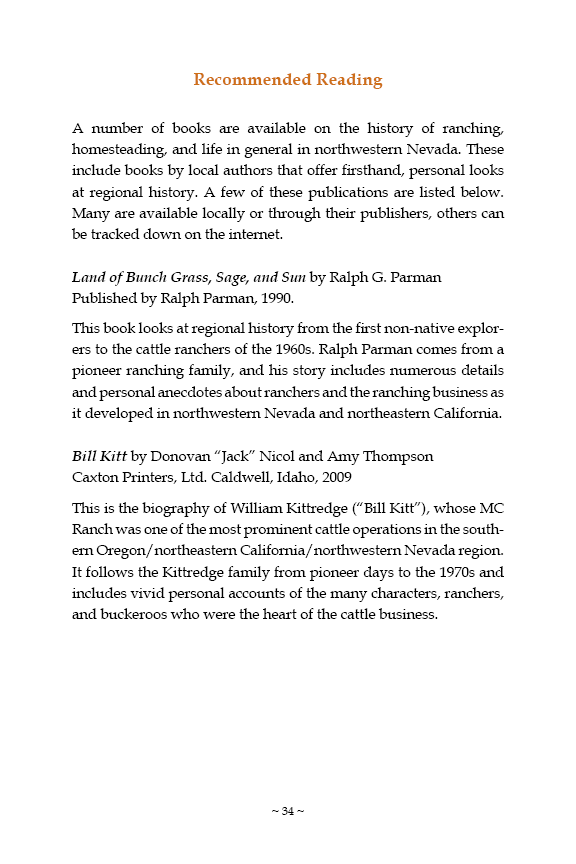

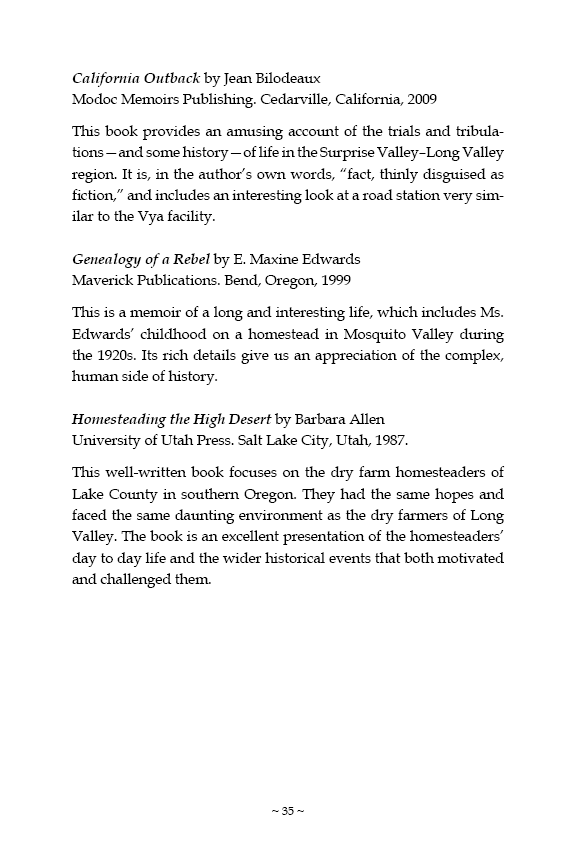

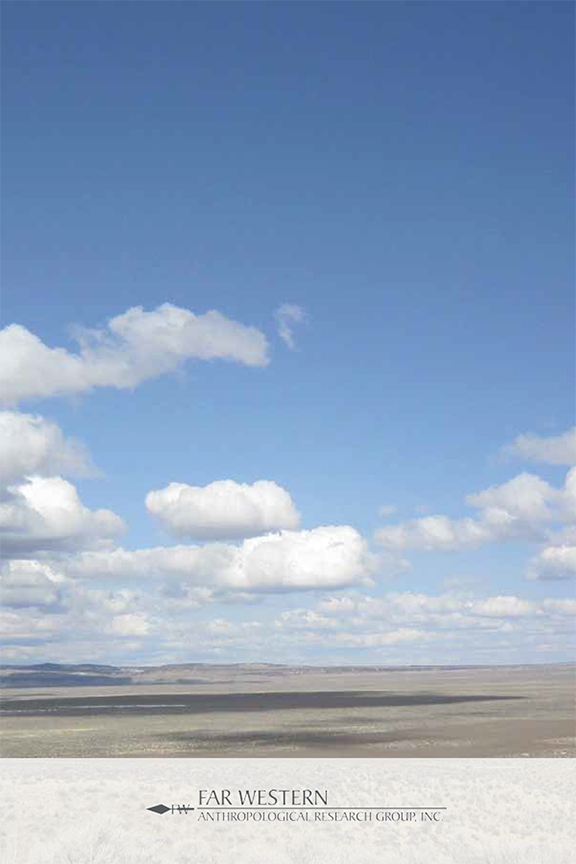
“Most Inspirational” Film AND Telly Award
 The Archaeology Channel film jury voted Far Western’s “Breaking New Ground: Native Americans in Archaeology“ the winner of the “Most Inspirational” award at the TAC International Video and Film Festival held in Eugene, Oregon.
The Archaeology Channel film jury voted Far Western’s “Breaking New Ground: Native Americans in Archaeology“ the winner of the “Most Inspirational” award at the TAC International Video and Film Festival held in Eugene, Oregon.
Also, our new Silver Telly Award for the film arrived this month!
Designed by the same firm that makes the Oscar® and Emmy®, the statuette is nearly 12 inches tall and weighs more than 4 1/2 pounds. Founded in 1979, the Telly Awards is the premier award honoring outstanding videos and films.
The films are judged by a panel of over 650 industry professionals, each a past winner. Fewer than 10% of the nearly 12,000 entries, from all 50 states and numerous countries, were chosen as Winners of a Silver Telly, the highest honor.
Thank you to the Native Americans who shared their experiences and stories for this film,
including Two Bears, to whom the film is dedicated.

Congratulations to all who worked on the film
and to Cinnabar Video!
Professor Stevens to Start at Sac State
 Congratulations to Nathan Stevens on his appointment to the Department of Anthropology at California State University, Sacramento, as assistant professor!
Congratulations to Nathan Stevens on his appointment to the Department of Anthropology at California State University, Sacramento, as assistant professor!
Nathan will be teaching classes and mentoring grad students, as well as helping to run the Archaeological Research Center. We look forward to working with Nathan in his new position. We wish him the best of luck, and while we’re sad to see him go, we know he’ll be helping to bring better archaeologists into the field!










